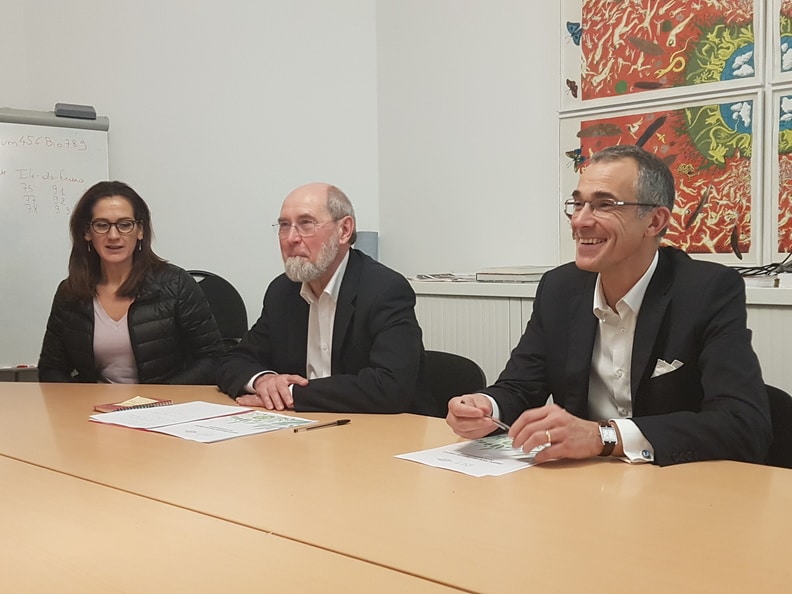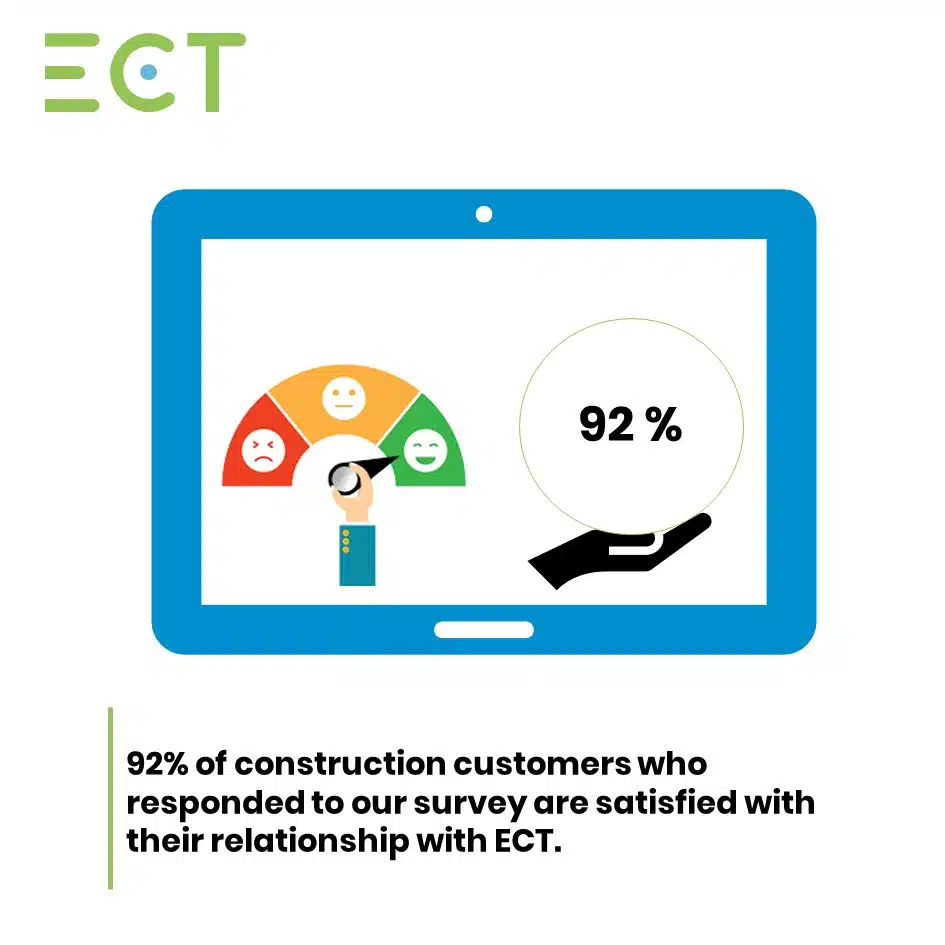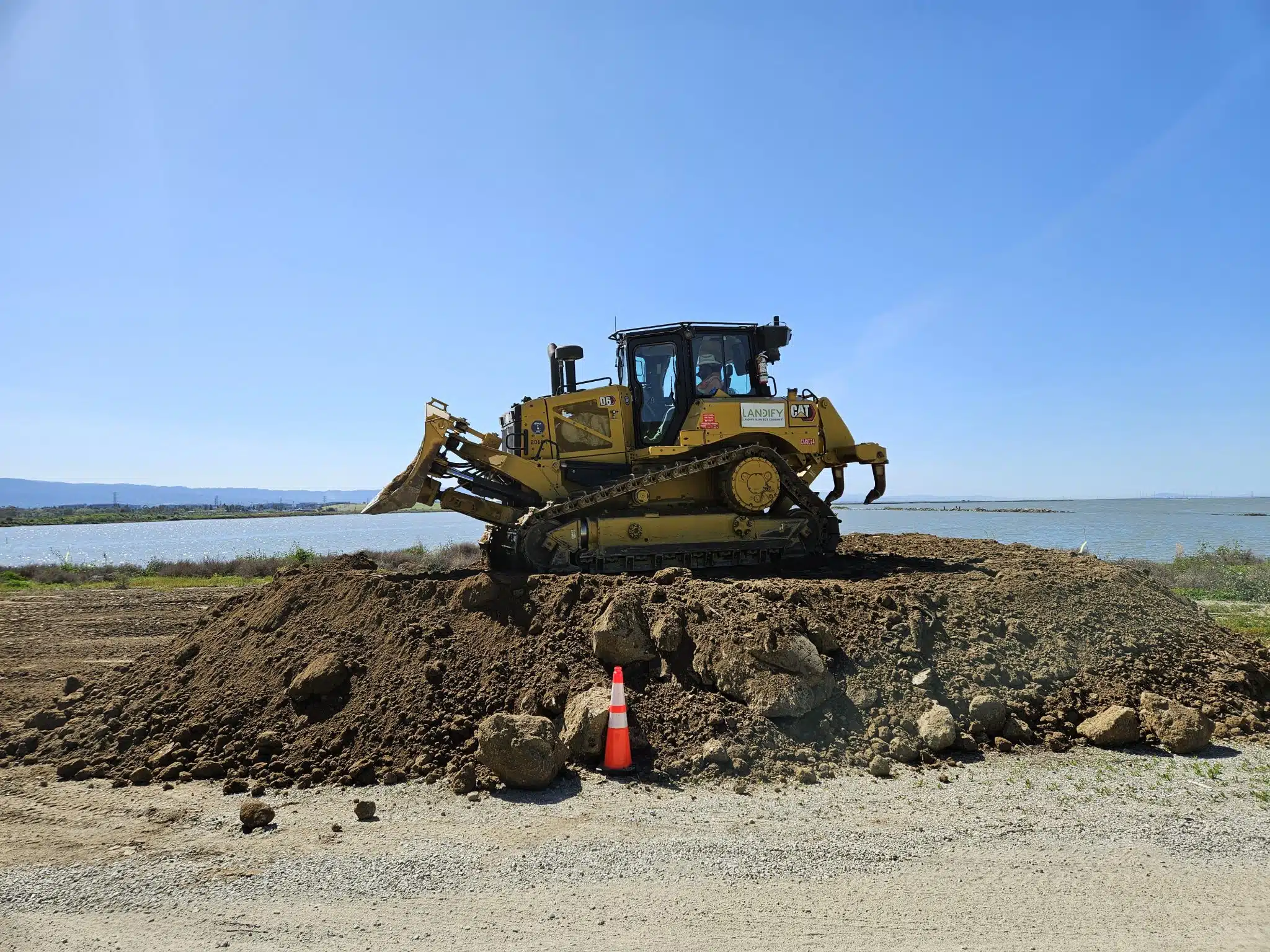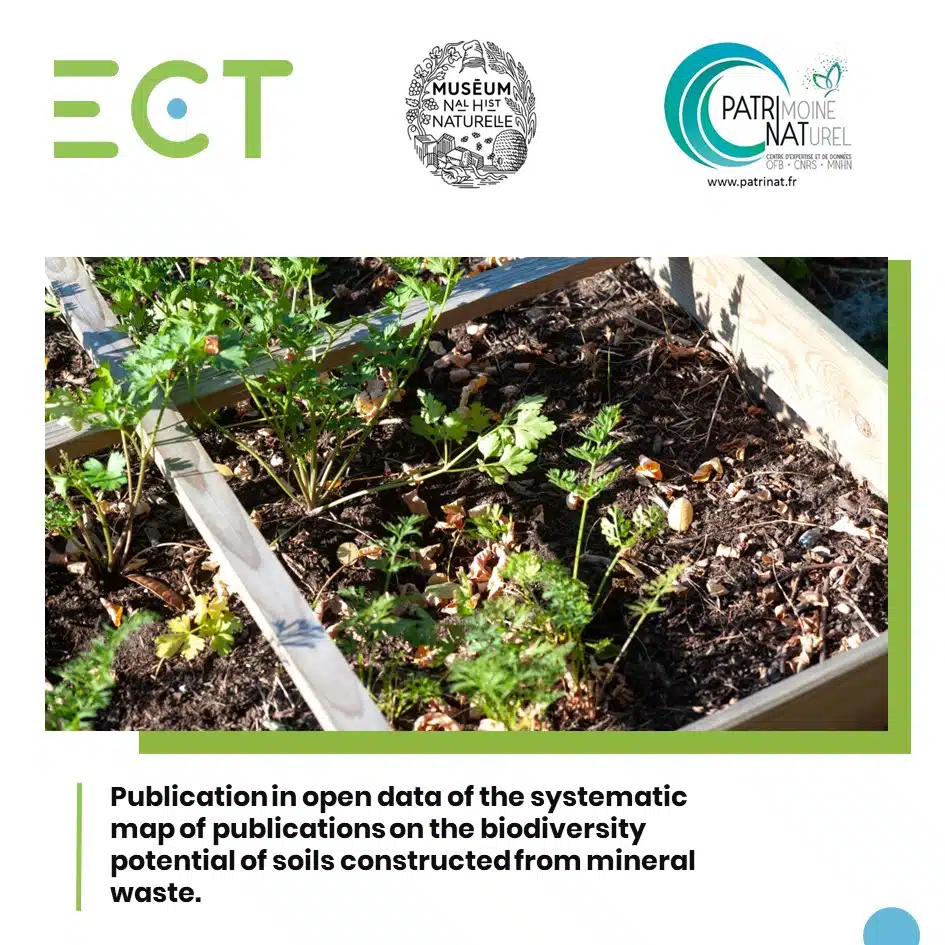Commitments to biodiversity through an operational methodology
In 2019, ECT and the Humanité & Biodiversité association signed a charter of commitment to biodiversity. The year 2020 marks a new stage in this partnership. The charter is enriched by methodological considerations and a highly operational approach to the design and development of ECT sites.
Methodological principles for operational implementation
In collaboration with Humanité et Biodiversité, ECT defined its commitments in favor of biodiversity, and then set about developing a methodology to help put these commitments into practice in the design of its projects. The main principles and ambitions of ECT’s developments are defined during the project’s prospecting and development phases. It is in these phases that biodiversity must play a central role. The aim of these data sheets is to suggest methods and provide food for thought in response to this concern.
The projects carried out by ECT must comply with current regulations, both from the point of view of the Environmental Code and the Town Planning Code. The aim of these sheets is to propose a proactive approach that goes beyond what is required by regulations. Indeed, ECT’s projects are well-suited to the consideration and enhancement of biodiversity, as they aim to transform industrial or degraded sites into multifunctional developments that promote social and environmental well-being.
In this way, biodiversity can be taken into account at every stage of a project’s development.
Designed as a guide for ECT’s development and planning departments, this methodology is intended to be put into practice and to evolve in line with feedback.
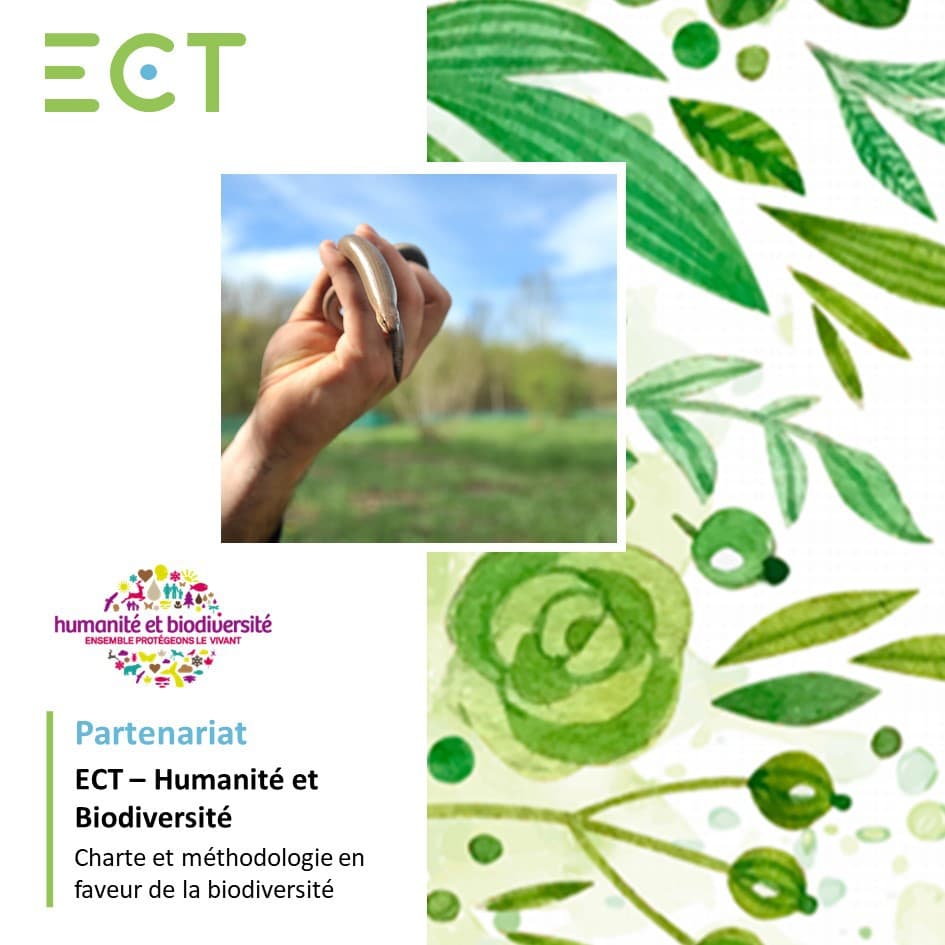
Main commitments of the co-signed charter
AXIS 1: Realizing the biodiversity potential of ECT sites
E1 – Integrate biodiversity issues into the company’s strategy, take advantage of the development of ECT’s projects to implement a positive action for biodiversity, from the prospecting phase to the completion and monitoring of developments.
E2 – Adopt a territorial vision, combat landscape fragmentation, soil artificialisation and biodiversity loss. ECT sites are an opportunity to increase the number of environments favorable to biodiversity and to work towards strengthening ecological continuity.
E3 – Develop a systemic vision to integrate all environmental components and human/nature interdependencies into project design, implementation and monitoring.
AXE2: Training in biodiversity issues, raising awareness of the opportunities offered by ECT sites to promote biodiversity
E4 – Inform, train and mobilize employees (both administrative and operational) on biodiversity issues during all stages of development (invasive species, protected species, etc.) and make them aware of the potential and opportunities presented by ECT sites in favor of biodiversity.
E5 – Work with stakeholders (local authorities, local organizations, residents, associations, etc.) to integrate biodiversity issues into project design. In this respect, it is conceivable to consider drawing up a charter with the various stakeholders around a concrete project.
E6 – Promote biodiversity awareness on all sites, and communicate as much as possible about biodiversity issues, in particular by promoting and developing flagship initiatives, and by raising awareness and informing other site users about the importance of preserving biodiversity.
AXIS 3: Contribute to the development of knowledge on biodiversity
E7 – As part of scientific research programs related to biodiversity, or for the needs of associations, ECT makes available sites that the company considers to be of interest for the development of knowledge about biodiversity issues.
E8 – With a view to increasing its knowledge of biodiversity, ECT is developing biodiversity partnerships to monitor changes in biodiversity and adapt actions to preserve and protect living organisms.
E9 – In order to disseminate and organize scientific knowledge on biodiversity, ECT is committed to collecting data on biodiversity, territorial policies, the circular economy, regional planning and resource consolidation. These data can be acquired as part of ECT’s various projects, and will be made available to public research programs working in the areas mentioned above.
Bernard Chevassus-au-Louis meets Laurent Mogno
A meeting that begins in 2019, the association’s aspirations are in synergy with ECT’s desire to reflect on how to take biodiversity into account in the practice of its profession. As a result, a charter of commitment to biodiversity was co-written and co-signed. This reflection takes into account the ECT is a specialist in non-built developments. In this way, we aim to strengthen our involvement in areas with high biodiversity potential.
For our association, preserving and regaining biodiversity means taking into account human activities and ensuring that all activities contribute to preserving our natural capital. Humans are part of biodiversity, they depend on it, they benefit from it and they are responsible for it. This idea of recreating natural spaces where people live, where they can taste, smell and appreciate biodiversity, seems essential to us.
There are few players like ECT who have the capacity to create environmentally-friendly, green, undeveloped developments. We are a "landscape maker on a grand scale". I'm convinced that our approach to biodiversity on our projects must be proactive. That's the ambition and the spirit of this charter. ECT is fully capable of making a firm commitment over the long term to generate sustainable habitats that have been reworked, reconstituted and preserved.
Signing the charter an opportunity to discuss biodiversity issues
Watch videos of discussions on the challenges of biodiversity and site development.
About the Humanité et Biodiversité association
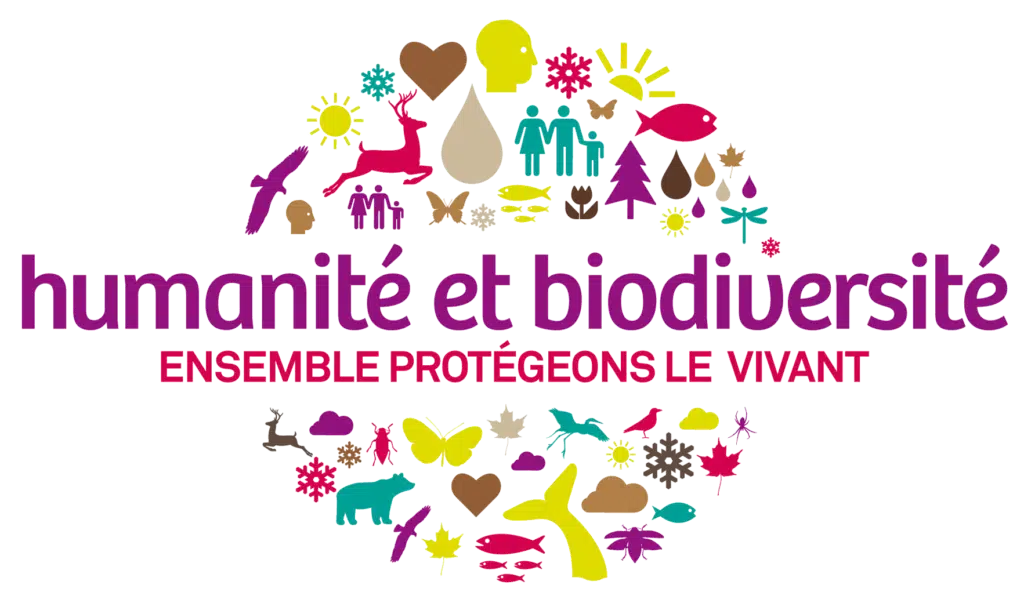
Humanité et Biodiversité (Humanity and Biodiversity) is an association whose main aim is to increase awareness and understanding of the synergies and inseparable links between humanity and biodiversity.
In particular, it works to preserve the diversity of living organisms and to promote the integration of biodiversity into all sectors of activity, taking into account both economic and social dimensions.
